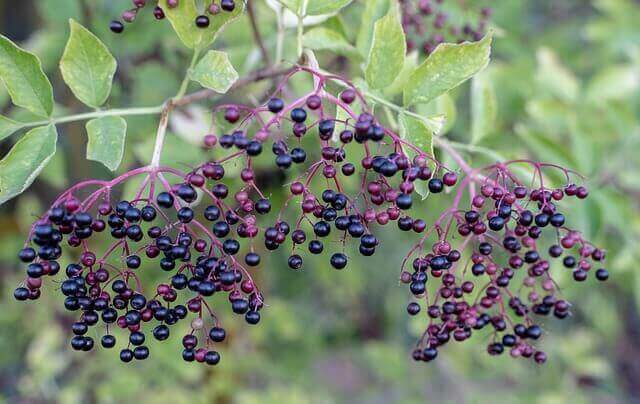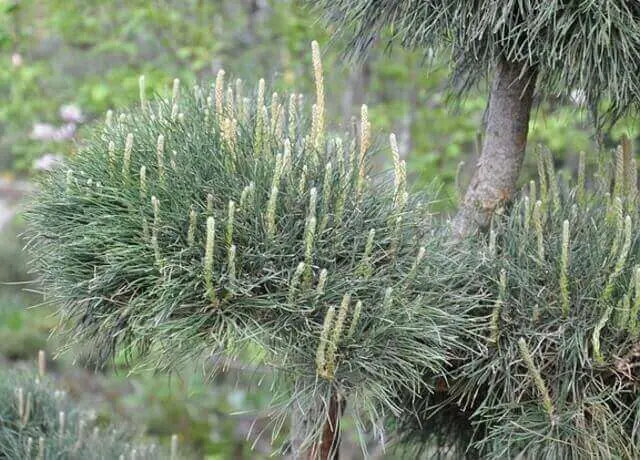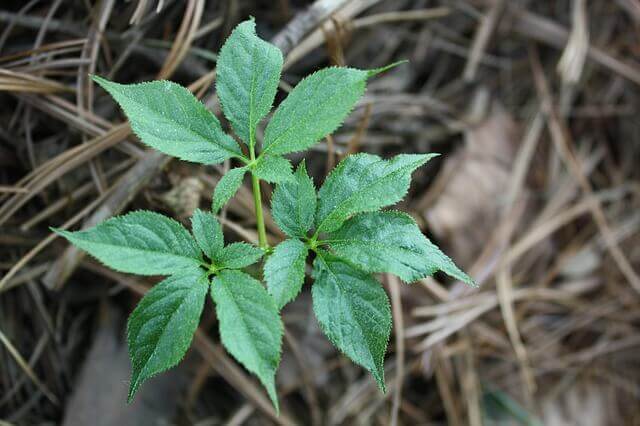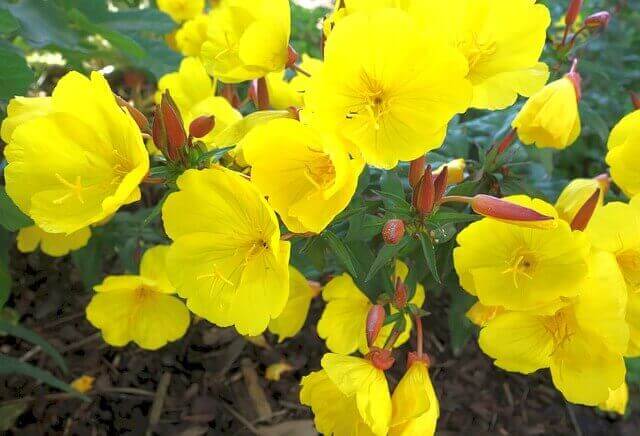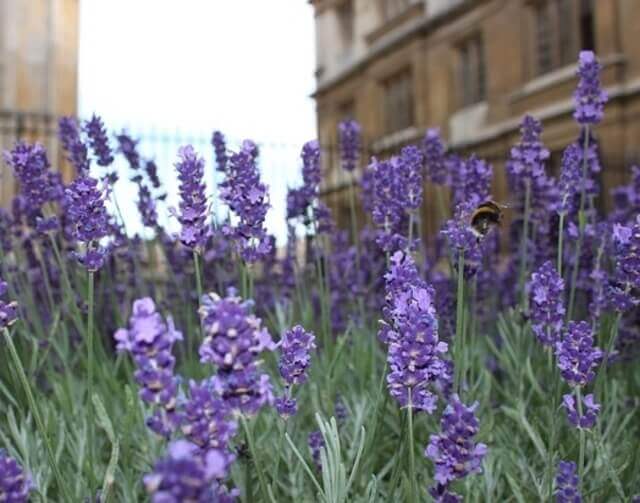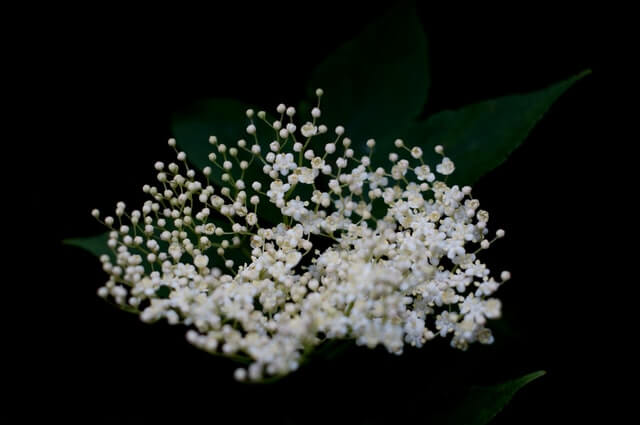13 Herbs And Spices That Start With E (You Need To Try!)
The world of herbs and spices is vast, complex, and often confusing. The first step to mastering the art of cooking with herbs and spices is understanding which ones are available. With that in mind, we have compiled a list of herbs and spices that start with e.
Whenever trying anything new, always practice caution before consuming a natural herb or spice. Consult with your doctor before consuming a herb or spice.
Herbs And Spices That Start With E
Echinacea
The medicinal plant, Echinacea, is a hardy perennial that can grow up to 2 feet tall. The leaves are hairy and compound with serrated margins.
The flowers are small, pinkish-purple, and located in bunches at the top of the stem. Echinacea has been used for centuries by Native American tribes as a treatment for colds, flu symptoms, and other ailments.
Echinacea is a member of the daisy family and can be found growing wild in many parts of North America. It is harvested during the summer months when the flowers are in bloom. The dried flowers are used to make teas or capsules.
Related Post: How To Grow Echinacea From Seed: Expert Grow Tips!
Elderberry
Elderberry is a deciduous shrub or small tree that originates from Europe and North America, that typically grow to a height of 3-5 feet. They have small, dense leaves and produce fragrant white flowers in late spring and early summer. The fruit is a purple berry that can be eaten fresh or used to make elderberry syrup, wine, or jams.
Elderberries are known for their health benefits, including reducing inflammation and helping to improve joint function. The fruit of the elderberry plant is edible and can be used in jams, jellies, syrups, wine, and other beverages.
The leaves of the elderberry plant are also edible and can be used as a substitute for spinach or other green vegetables. Additionally, elderberry extract has been shown to have anti-cancer properties.
Ephedra
Ephedra is a plant with a long and tangled history. The Ephedra plant has been used in traditional medicine for thousands of years, primarily for its ability to treat migraines. However, recent concerns over the use of ephedra have led to its classification as a controlled substance in many countries.
Ephedra is a perennial shrub that can grow up to 3 meters tall. It has thin, flexible branches and leaves that are arranged in opposite pairs. The flowers are small and green and occur at the ends of the branches. The seed pods are triangular and brown.
The Ephedra plant contains a compound called ephedrine, which is responsible for its medicinal properties. Ephedrine is an alkaloid and has both stimulant and sedative effects. It is also known to cause feelings of euphoria and increased energy levels.
Eucalyptus Globules

Eucalyptus Globules is a fast-growing evergreen tree that is native to Australia. It grows up to 25 feet tall with a spread of up to 15 feet. The bark is rough and scaly, with deep fissures running through it.
The leaves are ovate, smooth and blue-green in color. They are deciduous in the winter and turn a reddish brown. The flowers are white, bright yellow or orange and appear in clusters at the end of the branches.
The fruit is a globular capsule that contains two seeds. Eucalyptus Globules has many benefits that make it an attractive choice for landscaping and home decoration. One of the main benefits of Eucalyptus Globules is its ability to improve air quality indoors.
Eleuthero (Siberian Ginseng)
The Eleuthero plant, also known as Siberian ginseng, is a type of perennial herbaceous plant that is native to Siberia. Eleuthero is a small evergreen shrub that can grow up to one meter in height. It has clusters of elliptical leaves that are arranged oppositely on the stem.
The flowers are small and green, and they usually appear in late winter or early spring. The Eleuthero root has been used for centuries in traditional medicine to treat a variety of conditions and has been found to be particularly effective for anxiety, stress relief, and insomnia.
The plant contains large amounts of anti-inflammatory compounds and is also thought to have neuroprotective properties. The roots of the Eleuthero plant contain high levels of nutrients and antioxidants, which makes it a popular choice for medicinal purposes.
Epazote
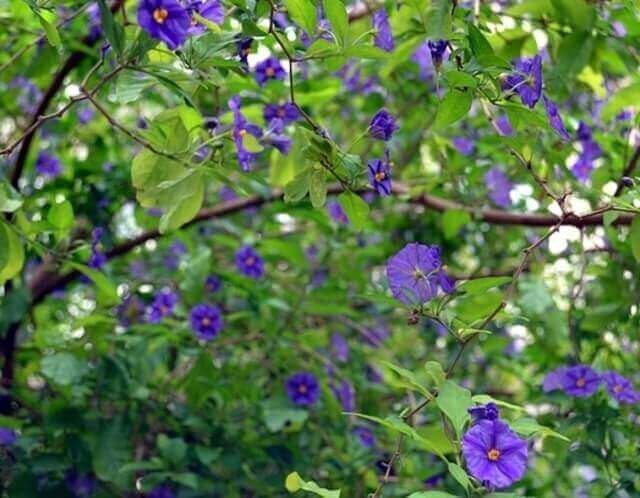
The Epazote plant is a small, bushy perennial herb that grows in the warmer parts of North America. Common names for this plant include Chenopodium ambrosioides and Mexican hops.
This herb has been used as a medicinal plant for over 2,000 years. The Epazote plant is a member of the amaranth family, which includes pigweed, lambsquarters, and giant ragweed.
The Epazote plant contains flavonoids, including quercetin, kaempferol, and myricetin. These natural compounds have anti-inflammatory properties, which make it beneficial for treating conditions such as arthritis and asthma.
Related Post: How to Grow Epazote from Seed – Easy Method!
Euphrasia/Eyebright
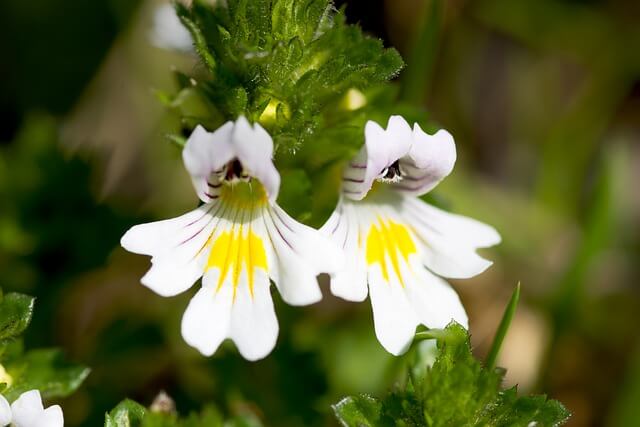
Euphrasia or Eyebright is a flowering plant that is native to Eurasia and North Africa. It is also cultivated in temperate regions of the world. Euphrasia plants are typically small, ranging from 8-12 inches (20-30 cm) in height. The leaves are opposite, compound with serrated edges, and measuring up to 4 inches (10 cm) wide.
The flowers are white or pink, and can be seen at the tips of the branches. These plants are known for their ornamental properties, and are used to add color and fragrance to gardens.
The most common uses for Euphrasia plants include as an ornamental flower, as a natural insect repellent, and as a medicinal herb. The flowers have been used traditionally for therapeutic purposes, including treating eye problems such as cataracts and glaucoma.
Evening Primrose
The evening primrose (Oenothera biennis) is a flowering plant that belongs to the family of daisy family. The genus Oenothera includes a total of about 100 species, and all are native to North America. This perennial herb grows up to one meter tall with tendrils that twist around other plants.
The leaves are alternate, simple, and elliptical, and can grow up to 30 cm long and 10 cm wide. The flowers are small, yellowish-white, and arranged in corymbs on long stems that grow from the root system.
The flowers open during the day and close at night, so they can conserve energy. Evening primrose oil is high in essential fatty acids such as linoleic acid, which has anti-inflammatory properties and helps reduce cholesterol levels in the blood.
Related Post: 15 Attractive Herb Plants with Yellow Flowers
English Lavender
Lavandula angustifolia, commonly called English lavender, is a species of flowering plant in the lamiaceae family. It is native to the Mediterranean region and has been naturalized elsewhere in Europe and North America.
English lavender grows 30-60 cm tall and produces spikes of small, purple flowers from late summer to early fall. The leaves are simple, opposite, 3-5 cm long with a serrated margin. The inflorescence bears up to 100 flowers, each about 2 mm wide.
English lavender has a strong fragrance and is used for perfume production and as a spice in dishes such as lamb. In addition to its scent, English lavender is also reputed to have medicinal properties, including treating anxiety and insomnia.
Related Post:
- 50 Fun Facts About Lavender (with Photo’s & Information)
- How to Grow Lavender in Pots (Easy Growers Guide)
- Can Lavender Grow in Pots Easily
English Thyme
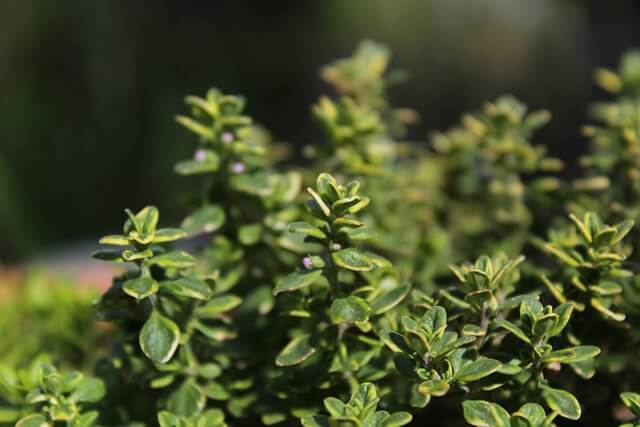
English Thyme is a bushy perennial herb that grows 1-2 feet tall. The leaves are oval with a serrated margin and grow up to 8 inches long. The flowers are small, white and have six petals. English Thyme can be found growing in temperate zones all over the world, but is most commonly found in Europe, Asia and North America.
English Thyme is used as both an ornamental plant and as a culinary herb. It has been used for centuries to flavor food, such as meats, vegetables and sauces.
Some benefits of English Thyme include: it helps to improve air quality, it has anti-inflammatory properties, it has antibacterial properties, it can help relieve headaches and stress headaches, it is good for memory recall and concentration, it has sedative qualities, and it eases symptoms of anxiety.
Related Post:
Ethiopian Sour Gourd
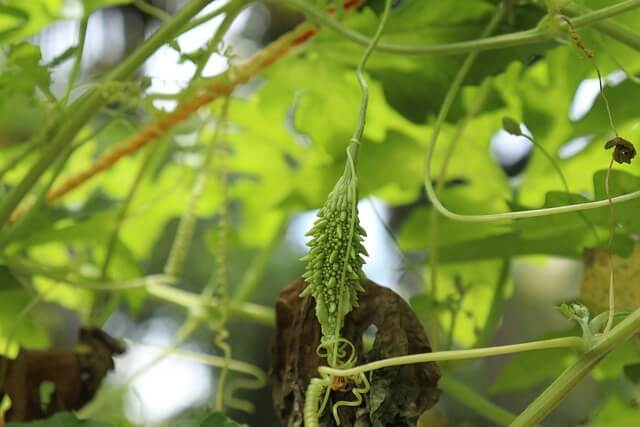
The Ethiopian Sour Gourd plant is an interesting looking herb that can be found in various parts of the world. It is also known as bitter gourd and has a long history of use as a medicine.
The plant grows to a height of about 2 feet and has small, oblong leaves that are green on the top and bottom, but have yellow or brown stripes running through them. The flowers are small and green and occur at the top of the stem.
When raw, the fruit is green, but when cooked it turns purple or black. The Ethiopian Sour Gourd can be used in many ways, including as a vegetable dish or in traditional Ethiopian drinks like coffee.
Spices That Start With E
Ehuru

Ehuru (African Nutmeg) is a shrub that grows to about 3 feet in height. The bark is rough and scaly, with deep brown blotches. The leaves are ovate to elliptic, with a smooth surface, and a pointed tip.
They are green on the upper surface and paler beneath, and have a strong odor. The flowers are yellowish-green, and each has four petals that are broadly triangular. The fruit is a dark brown nut which can be up to 2 inches long.
Ehuru is native to North Africa, where it is used as an additive to food like goat stew, or drink for its flavor and aroma. It has many health benefits, including reducing inflammation and healing wounds.
Elderflower
Elderflower (Sambucus nigra) is a shrub or small tree that grows up to 12 feet tall. The leaves are opposite, simple, elliptical and 4-6 centimeters long. The flowers are white with purple stripes and grow in clusters on the branches. The fruit is a blackberry-like berry that contains three seeds.
The bark is dark brown and scaly with deep fissures. The wood is strong and has a sweet smell. The flowers are used for flavoring drinks such as elderflower liqueur, elderflower cordial, elderflower champagne and elderflower syrup.
They are also used as a spice in food such as elderberry pudding, ice cream, pies and other desserts. The flowers have multiple benefits, including increasing cognitive function and helping fight depression and anxiety symptoms.



